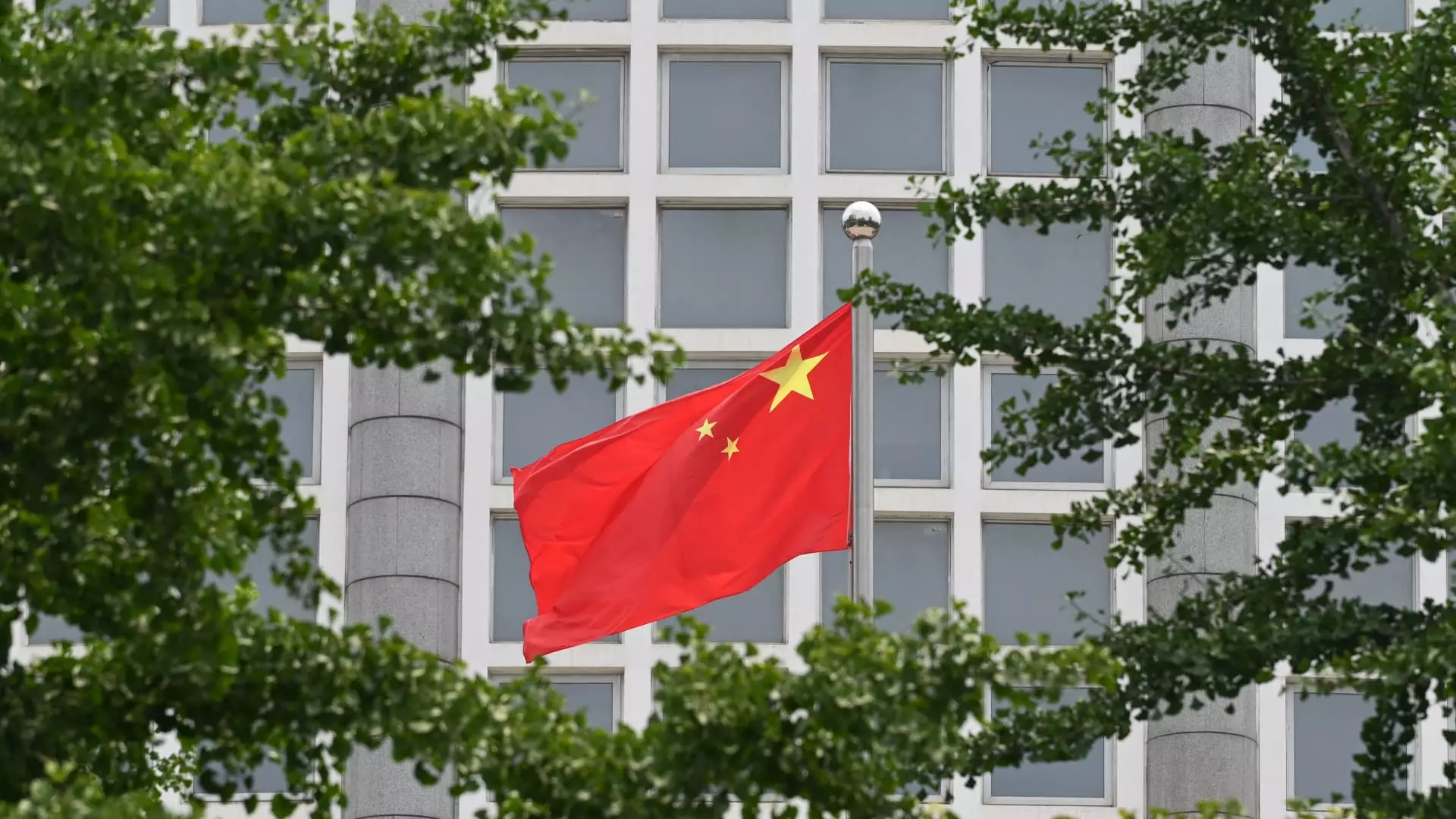On Tuesday, Zheng Shanjie, chairman of the National Development and Reform Commission (NDRC) of China, addressed pressing economic concerns during a key press conference. His remarks came against a backdrop of mixed sentiment among investors, who were largely awaiting significant new stimulus measures. However, Zheng’s speech did not deliver the expected fiscal fireworks, leading to a temporary dip in mainland Chinese markets. This situation underscores the precariousness of China’s economic recovery amid ongoing challenges.
Despite not announcing sweeping new policies, Zheng proclaimed a series of initiatives aimed at invigorating regional economies. The NDRC plans to expedite the issuance of special purpose bonds to local governments, which serves as a crucial mechanism to fund much-needed infrastructure and development projects. Zheng emphasized that the deployment of ultra-long special sovereign bonds—amounting to a staggering 1 trillion yuan—is already complete, and more will follow in the upcoming year. This effort seems an attempt to soothe economic anxiety and provide a semblance of stability to local governments struggling with fiscal pressures.
The urgency of action was also reflected in the announcement of a forthcoming 100 billion yuan investment plan, set to be unveiled by the end of this month, ahead of the usual schedule. This proactive approach is indicative of the central government’s recognition of the pressing need for intervention in a faltering economy. Zheng assured that there would be more strategic efforts aimed at revitalizing the property market and enhancing domestic spending—two areas that have shown signs of significant distress in recent months.
As the mainland markets resumed trading after the Golden Week holiday, initial reactions were positive. Major indexes such as the Shanghai Composite and the CSI 300 blue-chip index surged over 10% in the early hours of trading. However, this initial enthusiasm belied underlying anxieties surrounding economic recovery, with China’s leaders unmistakably conveying a sense of urgency regarding the economic pitfalls that have materialized in the post-COVID landscape.
China’s economic growth narrative has taken a complicated turn as the country grapples with the aftermath of COVID-19 lockdowns. While the economy managed a growth figure of 5.0% in the first half of the year, exasperating evidence suggests that the momentum is waning. The GDP growth figures for the second quarter fell short of expectations, aligning with a broader trend of stagnant domestic demand and a real estate sector wrestling with continuous price declines.
Compounding these issues are disappointing consumer price index (CPI) data and a climate of declining factory activity. August’s CPI rose by just 0.6%, slightly lower than anticipated, while core CPI growth reflected a similar sluggishness. The Purchasing Managers’ Index (PMI) figures paint a dour picture, with the official PMI at 49.8 in September, indicating a contraction that has persisted for five months. Such metrics speak volumes about the underlying challenges facing the economy and indicate a worrying trend towards stagnation.
Zheng’s acknowledgment of “many difficulties and problems” confronting China echoes a growing consensus among economic analysts regarding the need for a robust action plan to rejuvenate growth prospects. Economic leadership is critical, but without actionable solutions, even well-meaning pledges may fall flat. As the NDRC continues to navigate these choppy waters, the emphasis will need to be on coordination across various sectors—fiscal, monetary, employment, and more—to comprehensively tackle the multifaceted challenges at hand.
Ultimately, while the NDRC’s commitment to bolstering the economy through renewed bond issuance and investment planning is a step in the right direction, it reveals only part of the equation. Sustained growth will demand not only promises but also innovative approaches that resonate with the changing dynamics of both the domestic and global economic landscape. As recent history has demonstrated, the path to recovery is seldom linear; it requires adaptability, courage, and foresight. Only then can China hope to stabilize and return to a growth trajectory that meets its ambitious national targets.

